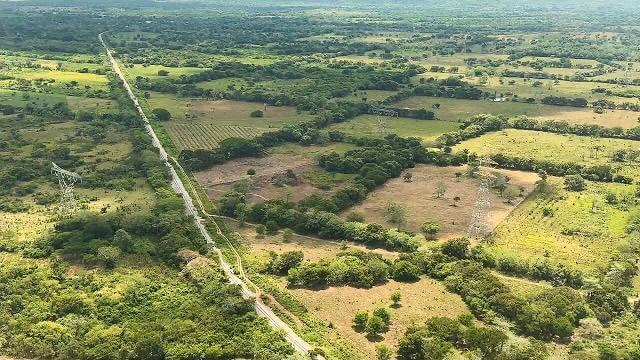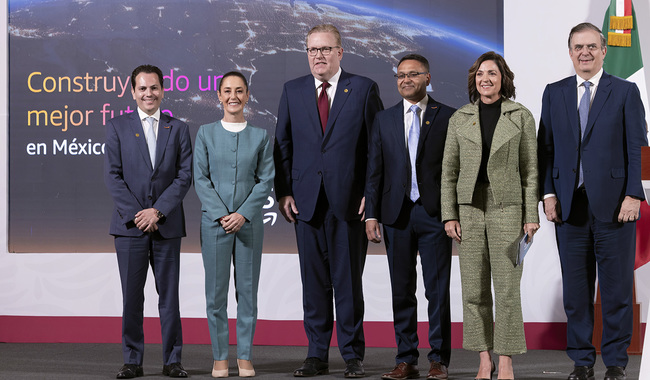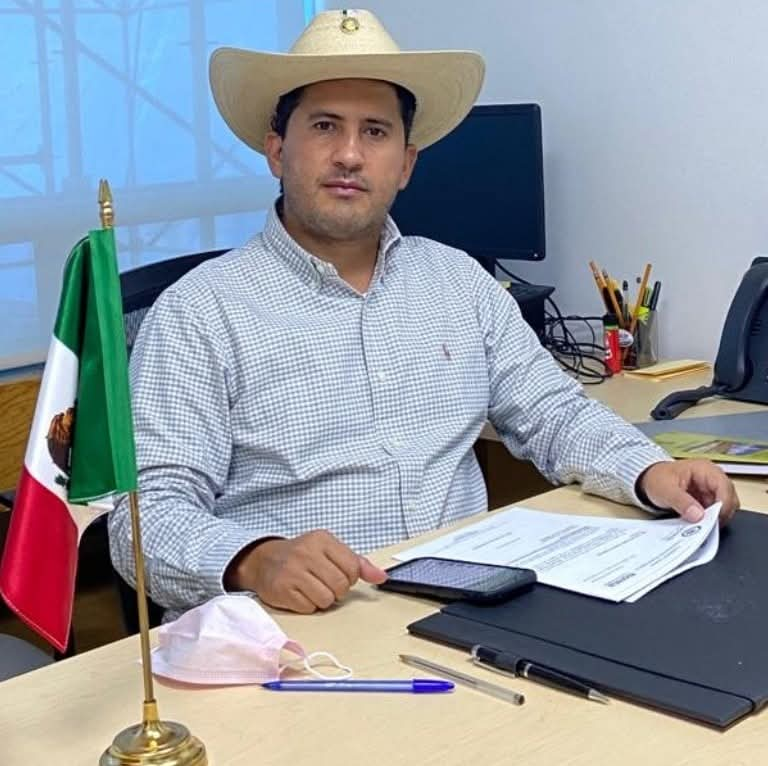Mexico City, Mexico — Mexico’s Navy was sent to the southeastern part of the country on May 19 to occupy a stretch of railroad managed by one of the country’s largest conglomerates.
Critics say that President Andrés Manuel López Obrador expropriated the rail line from private industry. The president called the circumstances a “temporary occupation” and considered the railroad a matter of national security.
The 75 miles of railway in the state of Veracrúz is managed by freight transport company Ferrosur, a subsidiary of Grupo México, one of the largest private conglomerates in the country led by Mexico’s second richest man, Germán Larrea Mota Velasco.
AMLO’s government and Grupo México have reportedly been in talks for months to settle an end to a decades-old government concession that allowed Ferrosur to manage the stretch of railroad track.
According to the president, talks began to fall apart when Grupo México requested over USD $530 million to end the concession; an amount that AMLO called “an abuse.”
The president has shown particular interest in the railway as it would make up part of his planned Inter-Oceanic Corridor, also known as the Tehuantepec isthmus rail corridor, a mega development project that would connect the Gulf of Mexico to the Pacific Ocean at one of the continent’s narrowest stretches of land, effectively building a competitor trade route to the Panama Canal.

With an initial investment of around USD $440 million, the project was set to refurbish 190 miles of a railroad track while restoring the ports in Salina Cruz, Oaxaca, and Coatzacoalcos, Veracruz as well as the modernization of the international airports of Ixtepec and Minatitlán.
As he has done with other large development projects, AMLO issued a decree on May 19, establishing the rail line and its surrounding area as a national security interest and a priority for the isthmus development project.
Grupo México issued a statement expressing their concerns with the government’s actions.
“Currently, the negotiation is facing a difficult circumstance due to the publication of the occupation decree and the intervention of armed personnel in its facilities,” read the statement.
And López Obrador’s critics have accused him of expropriation.
On the day of the occupation, Carlos Loret de Mola, a journalist and harsh critic of the president, said, “The president who so often said that he would not expropriate anything, this morning sent a Navy commando to take over the facilities of a private, publicly traded company, which is part of one of Mexico’s largest economic groups.”
However, whether the government’s move counts as expropriation is a bit murky.
The occupied rail line is not privately owned by Ferrosur nor Grupo México. In 1998, the three sections of track that make up the 75-mile stretch of the railroad were concessioned to Grupo México by Mexico’s government under former President Ernesto Zedillo, and were to be managed by Ferrosur. Since the property is of public domain by declaring the track as a matter of national security the federal government argues that it is empowered to take it.
Indigenous lands taken for the Inter-Oceanic Corridor
The occupation of the stretch of railroad by Mexico’s Navy is small compared to the expropriation of Indigenous lands along the corridor by the government to further its development project.
As part of the Inter-Oceanic Corridor, AMLO plans to build 10 industrial parks that will be bid on by international investors, including four of which that the President has said would be wind power farms funded by the United States.
In February, López Obrador issued a decree that effectively expropriated 412 hectares of communal land in Ciudad Ixtepec and 502 hectares in Santa María Mixtequilla, in the state of Oaxaca along the isthmus.
Indigenous communities in the region have reported being impacted, including deforestation on their homelands, damage to lagoons and marshes, and have said that to date, the government has not presented any environmental impact study for the project to the communities.

For over four years Indigenous communities have mobilized to protest the development project, and their resistance has halted some of the government’s plans.
In 2021, the Community Assembly of Puente Madera stopped the sale of 300 hectares of land in the municipality of San Blas Atempa that was to be used for the project. According to the assembly, the local government forged the signatures of landowners to secure the selling of the land to the federal government.
Mobilizations against the corridor have taken place throughout the region. Last month, farmers from the Mixe community resumed their blockade of the isthmus train, after having been evicted after blocking the project for more than 60 days.
Mexico’s Inter-Oceanic Corridor continues to attract the attention of private investors while small farmers and indigenous people fight to protect their land.











